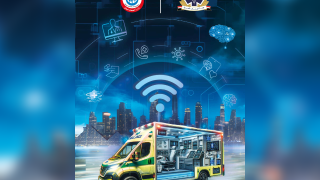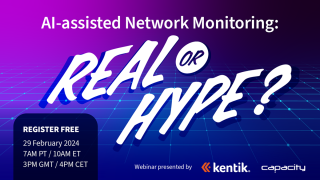Top banner - Events

14 - 17 May
Gaylord National Resort & Convention Center | National Harbor, USA
Today's Top Story
Today's Top Story
Microsoft has announced significant commitments to build new cloud and AI infrastructure in Thailand.
Digital Realty has announced a collaboration with Oracle to accelerate the growth and adoption of AI among enterprises.
The Federal Communications Commission (FCC) says nearly 40% of US telecoms firms getting federal support need more government funding to remove equipment made by Chinese companies Huawei and ZTE.
T5 Data Centers has announced plans to expand its footprint with the development of a new data centre campus in Grayslake, Illinois, 40 miles northwest of Chicago.
Most Popular
Subscribe banner
Latest News
Latest News
-
Javier Lacasa has been named as executive president for wholesale telecoms carrier UFINET.
-
Telxius CEO Mario Martín discusses how the company continues working to transform the global communications landscape.
-
Ofcom referred the £7.5 billion UK cloud market to the Competition and Markets Authority (CMA) for investigation in October 2023, citing several concerns around competition.
DO NOT EDIT. Leaderboard 5 (middle of homepage)
Forthcoming Events
In-depth (features and interviews)
In-depth (features and interviews)
Equinix yesterday announced its board of directors has commenced an independent investigation into matters referred to in a short report from Hindenburg Research last week.
Digital Issues
Webinars
CSS & JS Changes

























